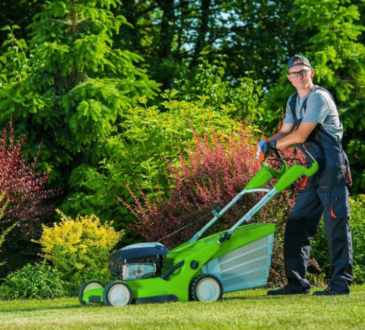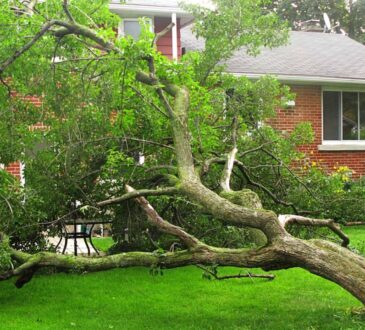
Creating beautifully shaped hedges can transform any garden into a masterpiece. This guide reveals the secrets to mastering hedge trimming, ensuring your hedges are always the talk of the neighbourhood.
Understanding Your Hedges
To achieve perfection in hedge trimming, it’s crucial to understand the type of hedge you have. Different plants have varying growth patterns and trimming needs.
Types of Hedges
- Evergreen Hedges: These include plants like boxwood and privet. They provide a year-round structure and require regular trimming to maintain their shape.
- Deciduous Hedges: These lose their leaves in winter. Plants like hawthorn and beech fall into this category and require trimming in late winter or early spring.
Essential Tools for Hedge Trimming
Having the right tools can make all the difference. Here’s what every gardener needs:
- Hedge Shears: Ideal for small to medium hedges.
- Pruning Saw: Necessary for thicker branches.
- Electric or Petrol Hedge Trimmers: Perfect for large hedges, offering speed and efficiency.
- Loppers: For cutting thick branches that shears can’t handle.
The Best Time to Trim Hedges
Timing is everything in hedge trimming. Trimming at the wrong time can harm the plant and impede its growth.
Seasonal Trimming Tips
- Spring: This is the perfect time for the first trim of the year, encouraging dense growth.
- Summer: A second trim in late summer helps maintain the hedge’s shape and promotes new growth.
- Autumn: Light trimming in early autumn can tidy up any stray branches before winter.
Techniques for Perfectly Shaped Hedges
The Tapered Shape
One of the secrets to perfectly shaped hedges is ensuring they are slightly wider at the base than at the top. This tapering allows sunlight to reach all parts of the hedge, preventing bare spots.
Step-by-Step Guide to Tapering
- Mark the Shape: Use string and stakes to outline the desired shape.
- Start from the Bottom: Trim from the bottom up, ensuring a gradual taper.
- Use Long, Even Strokes: This prevents uneven cuts and ensures a smooth finish.
Trimming for Density
To achieve a dense, bushy hedge, it’s essential to trim regularly and correctly. Cutting just above a leaf node encourages the plant to produce more shoots, resulting in a fuller hedge.
Detailed Trimming Tips
- Regular Trimming: Trim little and often rather than making drastic cuts.
- Avoid Cutting into Old Wood: Most hedges won’t regenerate from old wood, so focus on new growth.
- Use Sharp Tools: Ensure your shears and trimmers are sharp to make clean cuts, reducing the risk of disease.
Maintaining Hedge Health
Healthy hedges are the foundation of any beautiful garden. Regular maintenance and care ensure that your hedges remain lush and vibrant.
Feeding and Watering
- Fertilisation: Use a balanced fertiliser in spring to promote growth.
- Mulching: Apply mulch at the base of the hedge to retain moisture and suppress weeds.
- Watering: Ensure your hedges receive adequate water, especially during dry periods.
Troubleshooting Common Hedge Problems
Even with the best care, hedges can encounter problems. Here are solutions to common issues:
Pests and Diseases
- Aphids: These can be controlled with insecticidal soap or neem oil.
- Powdery Mildew: Improve air circulation and avoid overhead watering to prevent this fungal disease.
Growth Issues
- Sparse Growth: Ensure regular trimming and feeding to promote density.
- Uneven Growth: Check for sunlight obstructions and trim to encourage even growth.
By following these expert tips and techniques, anyone can master hedge trimming and enjoy beautifully shaped, healthy hedges that enhance the beauty of any garden.




